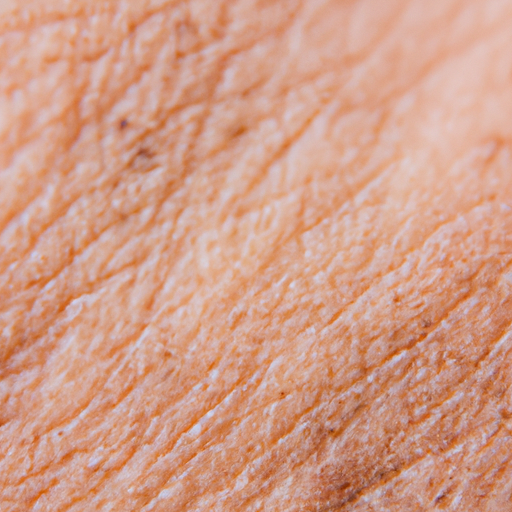Fraxel, a revolutionary skin resurfacing treatment, has been creating waves in the world of dermatology and aesthetics. This non-invasive procedure has been hailed as a game-changer for its ability to address a wide range of skin concerns, from wrinkles and acne scars to sun damage and pigmentation. In this article, we will unmask the magic of Fraxel, providing you with an ultimate guide to understanding this innovative skin resurfacing treatment.
Fraxel is a fractional laser treatment that works by creating tiny microthermal zones (think pixels) deep into the skin. These zones are surrounded by healthy skin, which aids in the healing process. The laser energy stimulates the body’s natural healing process, replacing damaged skin with fresh, glowing, healthy skin.
The beauty of Fraxel lies in its precision and customization. The treatment can be tailored to target specific areas of concern and to suit individual skin types and conditions. It can target only a fraction of the skin at a time, leaving the surrounding tissue intact for faster healing. This fractional approach allows the treatment to provide significant results with minimal downtime.
Fraxel is effective in treating a variety of skin concerns. It can smooth out wrinkles and fine lines, improve texture and tone, reduce the appearance of acne scars and surgical scars, and even out skin discoloration. It can also treat precancerous skin conditions like actinic keratosis.
The procedure itself is relatively quick, typically taking about 15-45 minutes depending on the size of the area being treated. A topical numbing cream is applied prior to the treatment to minimize discomfort. During the procedure, patients often report a sensation similar to heat or prickling, but it is generally well-tolerated.
Post-treatment, patients can expect some redness and swelling, similar to a sunburn. This usually subsides within a few days. The skin will then start to peel, revealing fresher, younger-looking skin beneath. It’s important to note that sun protection is crucial after Fraxel treatment, as the new skin will be sensitive to the sun.
One of the most appealing aspects of Fraxel is that it offers noticeable results with minimal downtime. Most patients can return to their normal activities within a day or two. The number of treatments needed will depend on the individual’s skin condition and desired results, but typically, patients see the best results after 1-5 sessions.
It’s important to remember that while Fraxel is a powerful tool in skin rejuvenation, it’s not a one-size-fits-all solution. It’s essential to consult with a qualified dermatologist or aesthetician who can assess your skin and determine if Fraxel is the right treatment for you.
In conclusion, Fraxel is a versatile and effective skin resurfacing treatment that can address a variety of skin concerns. Its ability to target specific areas with precision, stimulate the body’s natural healing process, and offer significant results with minimal downtime makes it a popular choice for those seeking to improve their skin’s appearance. As with any cosmetic procedure, it’s important to do your research and consult with a professional to ensure it’s the right treatment for you. With the right approach, Fraxel can help unveil healthier, more youthful-looking skin.



